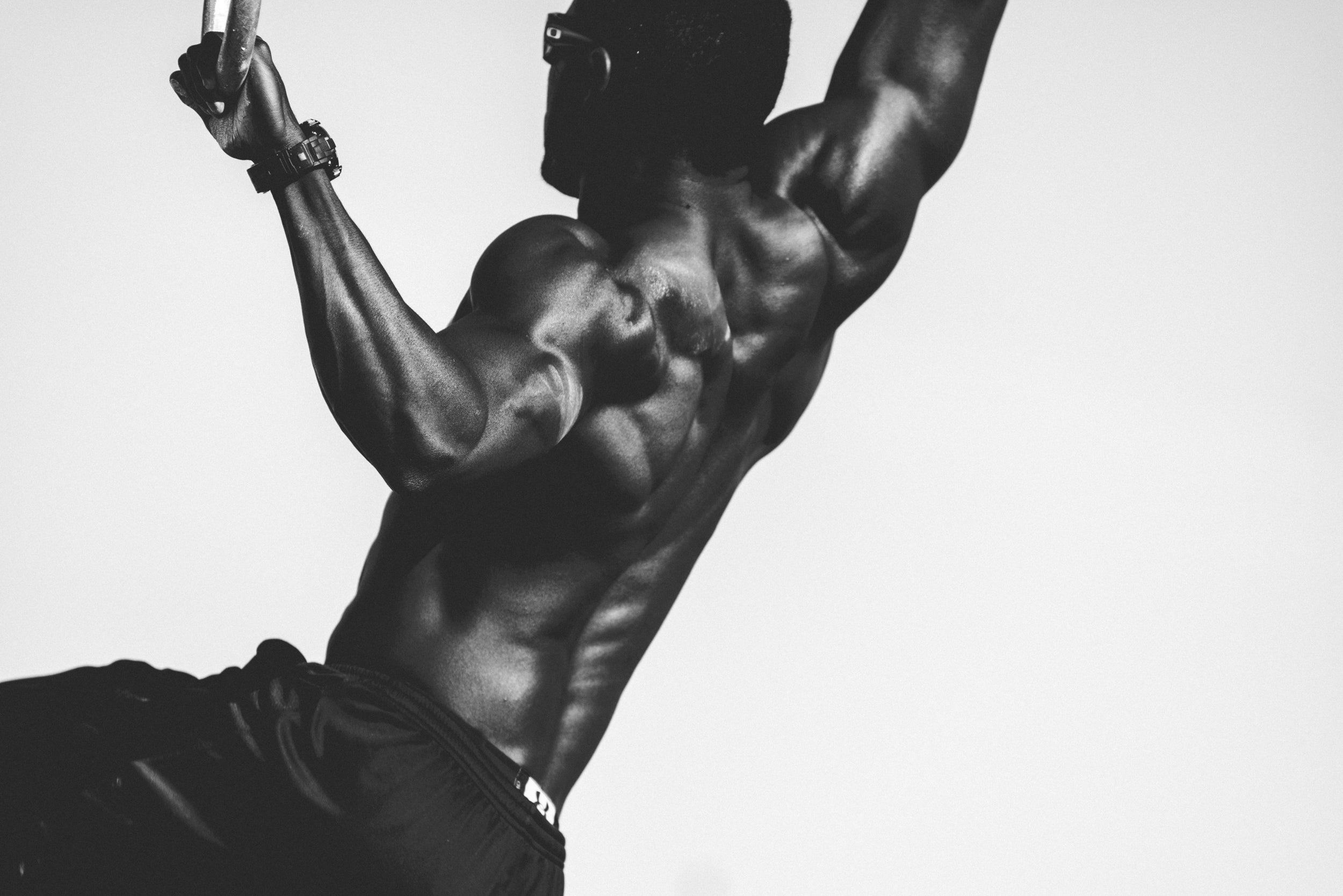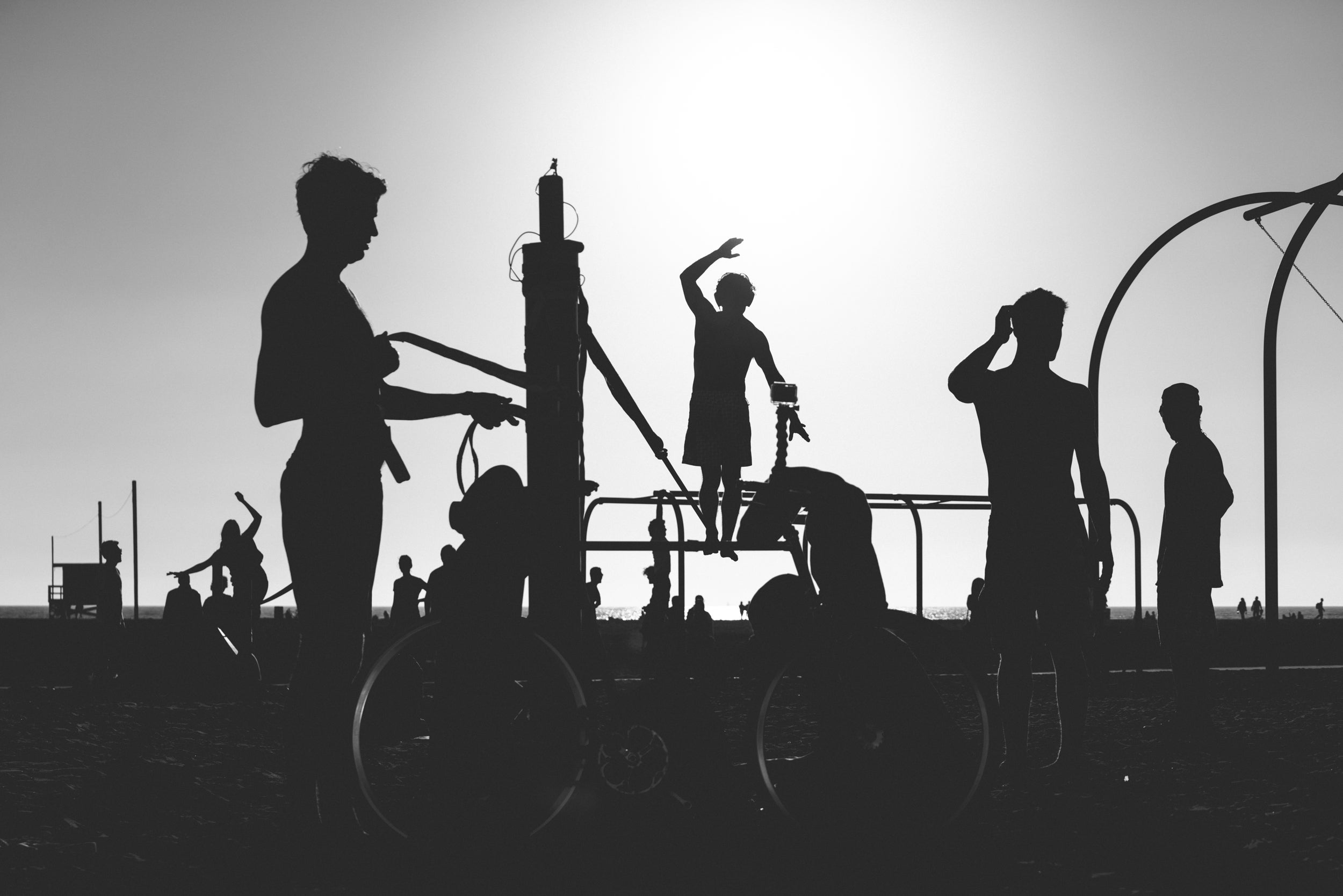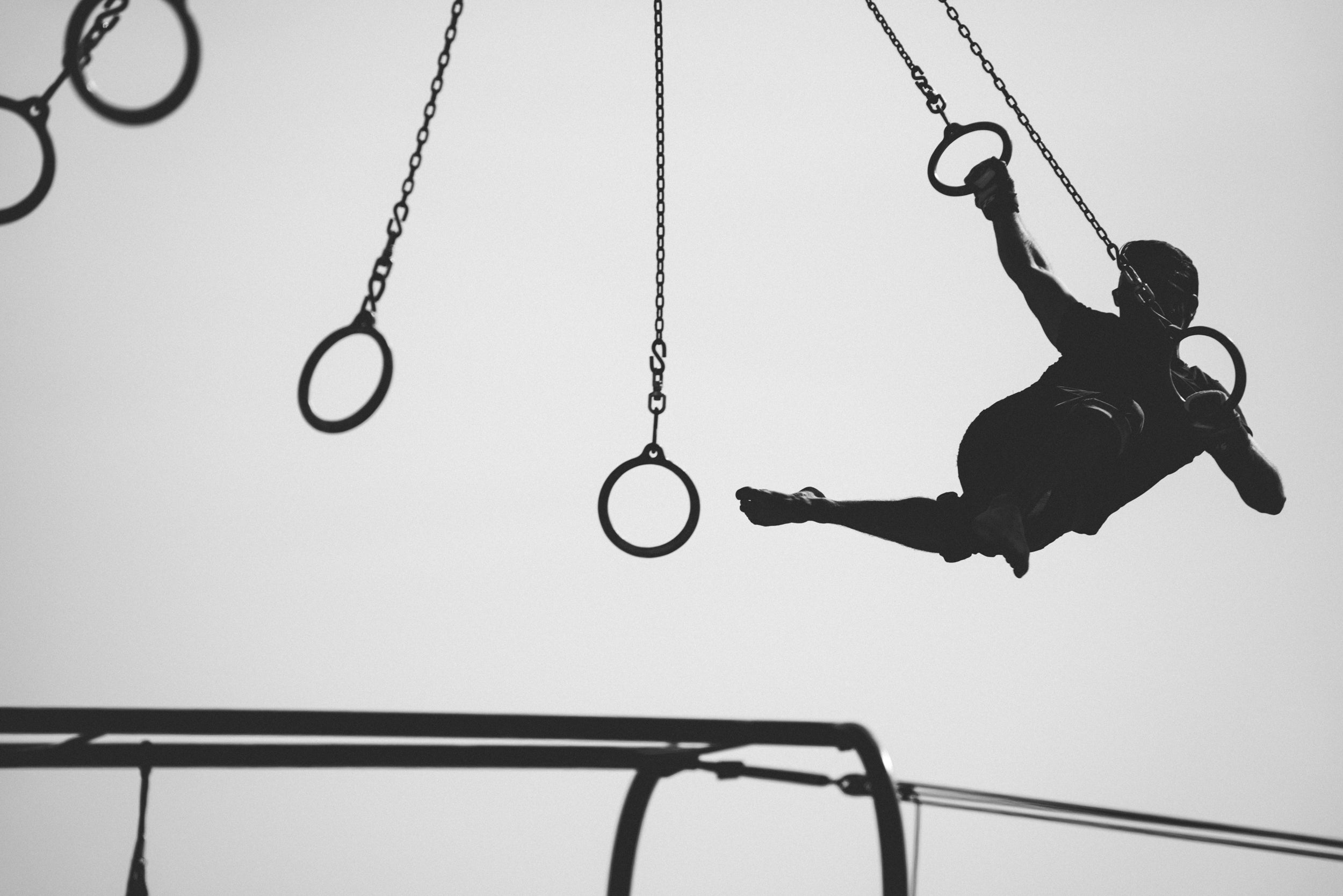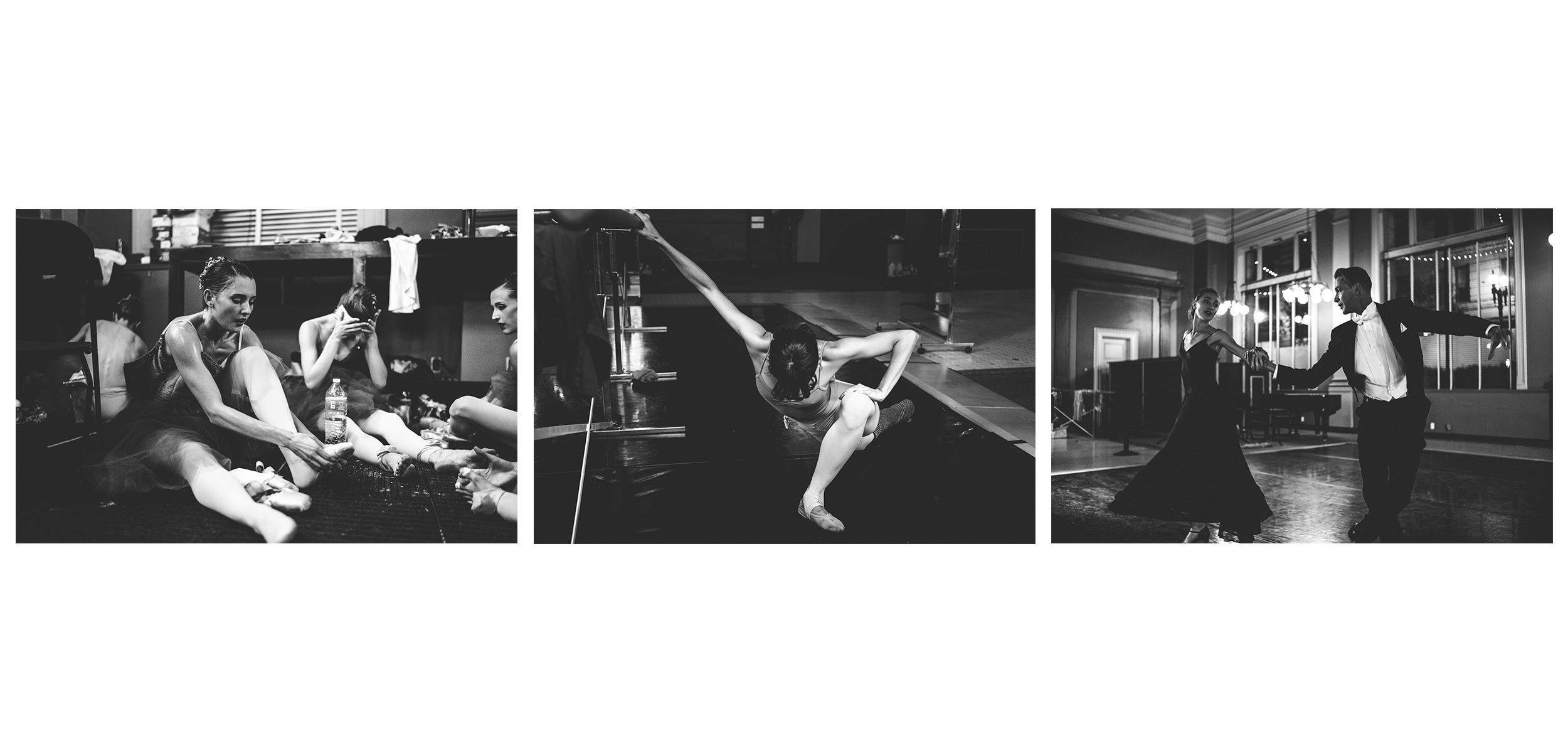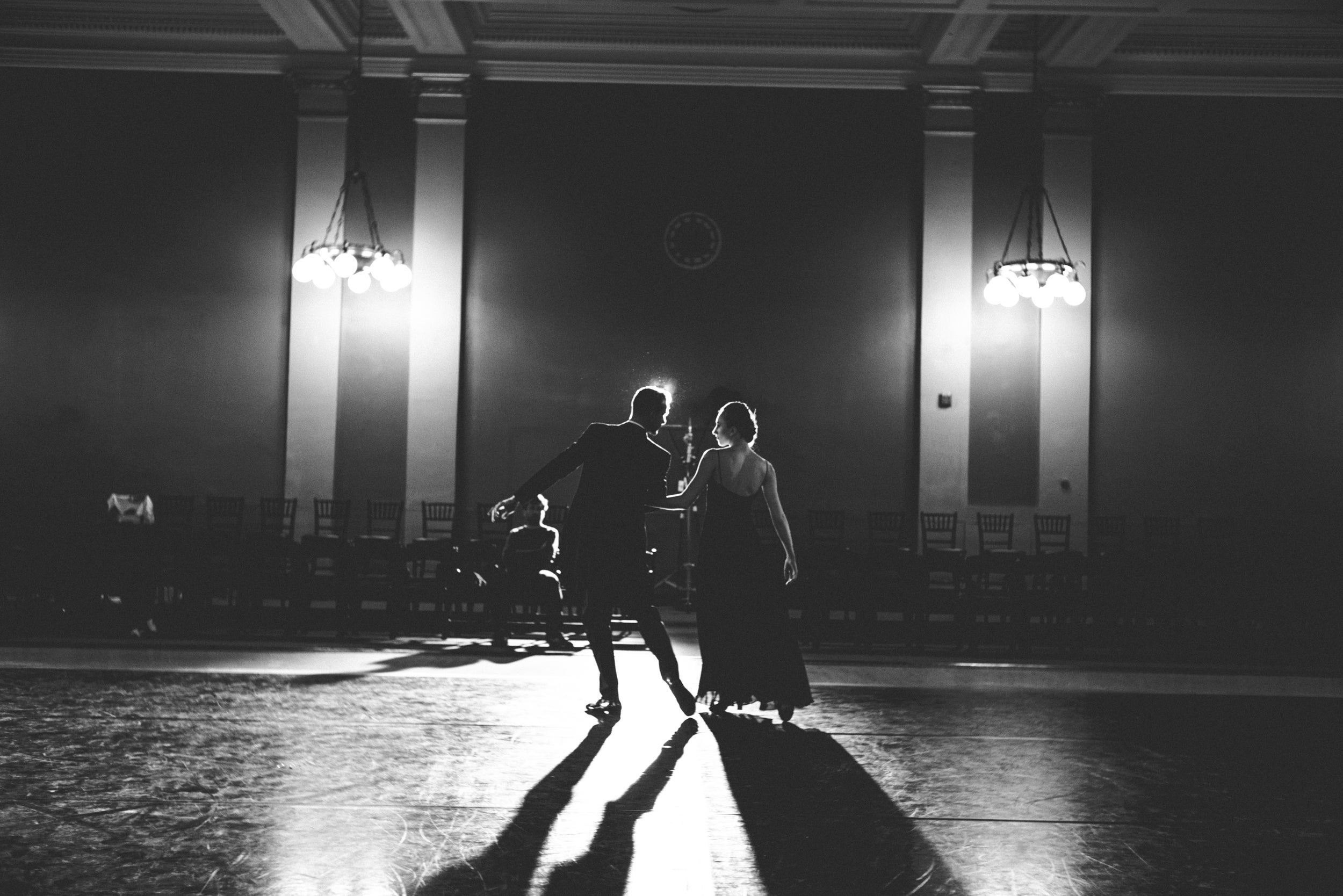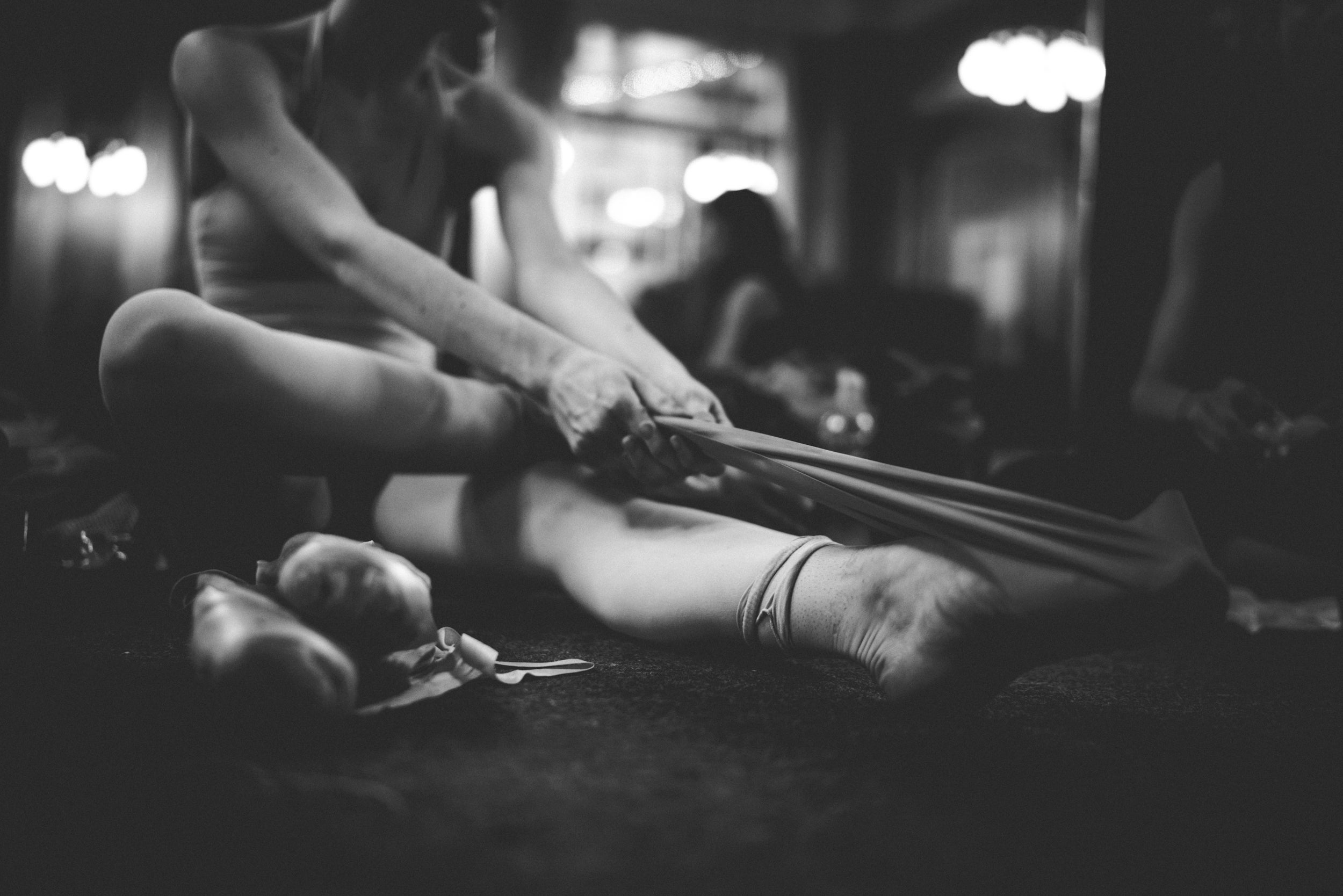My first experiences with a camera had nothing to do with shooting black and white. It wasn’t until I started really experimenting and trying to find my style that I considered the thought of black and white photography. I just got a new camera and it had 16:9 mode and B&W mode. I paired the two and had a fantastic time shooting. The results looked like a reflection of what was in my head and so the passion for B&W was born. Now, eight years later, black and white photography is how people know me and how I want to present my vision of life to others. It’s not an easy shooting category to be successful in. It’s got its audience and definitely comes with multiple challenges. But deep inside I know that this is me and that this is the way my work will look for years to come. Here are seven things I learned on this journey to finding myself.
Game Plan Always Comes First
I shot a lot of street photography while traveling the world and playing in junior tennis tournaments. I had my camera with me and loved the ability to catch the moments. There was no plan, but to shoot something cool, interesting, and artsy. I often came home with tons of images that had not much meaning. They were not part of a bigger story, thy couldn’t even be put together into a cohesive body of work. I treated black and white shots as individual pieces of art, not as a continuous vision of my world, the black and white deep, raw, dimensional, personal, and interesting world.
When it was time to build my website, I put everything in quite simple series. They were very basic: street, portraits, landscape, you get the idea. It was quite boring. There was no hook for people to come back to see more of my work. I was just like everyone else with the same collections of shots. I took several months and reworked my portfolio. This time there was an overall theme - the life of Los Angeles. I removed everything that I shot in other places, re-edited the shots to get that signature look, and broke everything in 9 series that are unlike anything else you’ll see.
Not until recently I began to value the importance of game plan for each shoot. When you leave home with an idea in your head, you know what you’re looking for. It’s like shopping for a specific item - you have a focus and everything now seems manageable to absorb. I stopped shooting random stuff and took each shoot as a 3 hour segment where I’m looking for 5-10 shoots and that’s it. I can come home with thousands of images, but am really happy with the 5 I wanted. Having a game plan makes you happy with results that otherwise might seem insignificant. Having a plan keeps you focused. It also keeps you aligned with your overall vision of your career and what you want to show to the world. Game plan can have multiple levels of depth, but having one is essential.
Composition & Light Are Key, Even More With Black & White
There is a certain perception that black and white photography is more sophisticated and artsy. It often gets more scrutiny and criticism because it’s not easy to make a quality black and white photo. Playing with color is not an option in B&W work and we as humans often react positively to the color combos that we like in general, so this is something not available for B&W as well.
I shoot a lot midday. The light is harsh, the shadows have more contrast than usual. It’s not a good time to shoot in color, people say. I find that this is the kind of light that I enjoy most. I can rally emphasize the moment and the subject. The next step is framing the shot. I don’t crop too many of my photos in post production. I consider it a craft to compose well from the beginning. It’s a skill I work on every day and if I missed it, well, I’ll do better next time. You can’t always find excuses for yourself. At some point you need to accept you own rules.
Composition is one of the basic principles. It’s something of a buzz word. Personally, I don’t think it’s something that can be learned through reading textbooks. You can get the basic rules, but it means your photo will look like one of those textbook shots. It might not have much life to it. I think the best way is to look at the work of designers, painters, and other photographers. Shaping your vision is key. You see what others do and at some point you’ll look into the viewfinder and things will just feel right. It may take months or years. It’s not a quick or easy process. In a way, you’re creating a movie poster - it needs a hero and the supporting elements. The hero can be the landscape or the environment itself. But it needs to have the little yummy elements that spice up the shot to the needed level.
I learned to compose my shots over the course of about four years. Now I know when the frame feels right. I’d rather not press the shutter than get the 36 MB file I will toss in the end. Composition is your canvas. You need to respect that and master the space you have available.
You're Only Going After 20-30 Hero Shots
Out of the thousands of images in my library, there are always the hero shots. I sort top 50 shots every year, then top 10, then top 30 for each series. Sorting also perfects your eye and composition skills. When you think of website portfolios, 30 shots are the perfect middle ground. It’s enough to show your work to get people excited, but also just the right amount to keep visitors wanting to see more and following you on your website or social media. In commercial work, there is always a certain number of shots that will make a cut into print ads or final editorial selections. Having solid 20-30 shots per series is really all you need to get more work and to show who you are. It’s the ability to tell more with less words, in this case visuals, that sets you apart as well.
Often I find myself having issues with picking best shots. I shoot too much and a lot of frames look alike. Once you change your mindset that there is only a limited number of shots you can put up in your portfolio update, the selection process changes. Now it’s all about top "winners" and not so much about “maybes."
Keep Your Options Open, Shoot Uncompressed Color RAW
With all my love for black and white, I never want to limit myself. I know before going into the shoot that I will make all these into black and white photos, but I also know that I might need a few frames that can be used in color as well. I shoot with α7R II and the ability to have so much information in each file is fantastic.
When I shoot, I see color. I trained my eye to predict how the shots will look when I edit them into B&W in Lightroom, but I also want to see the richness of what’s in the shot. Keeping your options open has no challenges. You are already on the spot, your battery is charged, memory card is formatted, and lens and sensor are cleaned up. You shoot RAW to have as much information preserved as possible. It’s not challenging to edit RAW photos. There are many convenient tools for that. So why would you put limits on yourself?
Granted, shooting in B&W mode can lead you to new ideas and I can say that it led me to have a full focus on black and white photography. But at the same time it can be an exercise you do once a month as that extra workout for your mind. But for the rest of the time uncompressed color RAW is an absolute winner for keeping your options open.
In Post, Lightroom Might Be All You Need
Black and white photography usually falls into two spectrums. Some people love editing black and white photos to a point where it looks more like graphic art rather than a photo. And there also are people who love the purity of a bit more raw, maybe imperfect image, with electricity lines and trash on the ground. To me photography in general is the form of art that I prefer not to alter much. There are some shots that I will really work on, but at the end of the day I always stick to Lightroom 99 percent of the time. I may clean dust spots for large prints and do final print prep in Photoshop, but I never go into the editing process on such level right away. Most of my edits take 10-15 minutes. I am fine with showing our imperfect world as it is, with some of its flaws and imperfections.
It’s not necessary to be an expert in Photoshop to be a good black and white photographer. The way you edit the shots is critical, but unless the shot itself is good, post production is not the cure. You may be happy with results once or twice, but in the long run bringing in quality material home is more important than your editing software.
Lightroom is one of those tools that can give you all you need, be your catalog manager, and the primary editing software. I feel that I pay a reasonable upgrade fee each time new version is released and for my money I have a central place that is the home of my images.
Shooting In Series Provides Narrative, Which Is What You Want
Your initial gameplay sets the tone to all of your work. Who you are as a photographer and what look you have is how people will recognize you just by seeing your photo. It used to irritate me hearing from all these photographers that you need to tell a visual story in a series of images. Can’t people just really like my top 5 shots? The problem with an absence of a story is that you’re not building a connection with the viewer. Without the story is is almost impossible for someone to store a memory or an impression your work in a place that can be accessed quickly. Our memory works in interesting ways and understanding the human biological structure is one of the things that really helped me get better with my black and white work.
Most of the things we consume in everyday life have a story. Magazines publish features where images are part of the story. Book publishers focus on bodies of work with the unified theme. Brands make products that are related to each other. And photographers need to leverage all these years of market research of what people want to consume and apply that to photography. This doesn’t mean you have to be a sellout, it means you can still follow your vision or central idea, but approach it in a way of a narrative.
On my website, there’re nine series. Each one tells a visual story of a specific subject matter: beach fitness, ballet, street, planes, shapers, surf, and so on. Each series has a collection of images about the same lifestyle or craft. But the images don’t all look the same. Each one compliments the other and together the series becomes much stronger than just one shot. When you look at all nine series together, you’ll see that they tell a story of Los Angeles. The story that each lifestyle is in harmony with the place it was created in. Some people can enjoy spending days surfing, others work on the new ballet performance, shapers make the next board that may revolutionize the surf industry. I wanted to show how so many passions can find their own space in a single city. I believe that Los Angeles gives the ability to be whoever you want to be and so each series shows that from a different angle.
Narrative is that game plan that you have initially. It’s that moment when you say, “I’m going to focus on this.” It advances your shooting skills because you have to get creative shooting the same thing, but it also helps the viewer to sort of connect the dots about your work and easily recognize you. The story doesn’t need to be too high level or abstract. Picking something simple is a great idea. The problem is that too often having no focus makes photographers wander for years. Doing a bit of mental work ahead of time and thinking through the story and concepts can go a long way.
It's Not About Being Trendy, Creative Vision Comes First
In any period in history there have always been trends. Fashion, products, technology, cameras, you name it. The trap that I see some photographers fall in is trying to catch up to the hype of the moment. Last year I decided to research what it takes to be relevant in a hundred years. I looked at companies and famous people who made it through decades of changes. The things I was looking for are how to stay relevant and how to survive this never ending change. The result of all this was quite refreshing - the initial creative vision and the reason for taking on a specific profession seem to be the answer.
Trends come and go, and it’s not possible to just stay still. But keeping your core, your central idea and vision always come first. You’ll have the peace of mind rejecting some photo assignments, you may take on something that doesn’t pay much, but it always is in sync with who you are and your internal map. I know it’s not easy to make a living shooting black and white photography. There are many easier and quicker ways to get famous and successful, and even rich.
When you know who you are and what you want to show with your work, you’re always on track and not winding from your main road. Adjustments will be needed if things are not working out, but I noticed that the core doesn’t change. You don’t have to lose yourself in order to be a successful photographer. If shooting black and white is what you want to do, then work on your game plan, your narrative, and always put your vision first.
Bringing It All Together
Being a photographer that people look up to is not easy. Shooting black and white is not the easiest way to grow the following. I’ve been shooting for the last 14 years, last 8 of which shaped by my photo career and really defined my look, focus, and interests as a photographer. Black and white photography is a challenge you need to accept if you want to be good at it. I learned seven very important lessons shooting B&W. I even went back to the 35mm film. All these experiences move me forward and allow me to keep the excitement and the drive to shoot more B&W, and to show that work as a statement that passion pays off.
All photos taken with Sony α7R and α7R II cameras.
